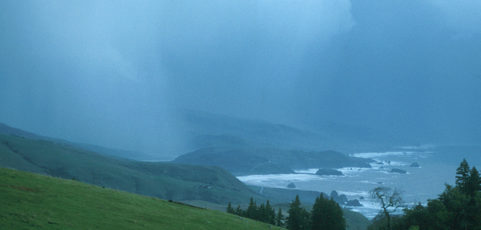| Ever wondered… What is weather? What is climate? Can we use the terms ‘climate’ and ‘weather’ interchangeably? Why do seasons change? Why is it that we have winters in United States during Christmas and summers in Australia during the same time?Let us watch this video by NASA and explore the answers.From this video, we can conclude that Weather is the fluctuating state of the atmosphere around us, characterized by temperature, wind, precipitation, clouds and other weather elements. Common examples of weather phenomena include fog, dust storm, hailstorm, and so on. Weather is the result of rapidly developing and decaying weather systems such as low and high pressure systems , and so on. Climate refers to the average weather and its variability over a certain time-span and a specified area. The World Meteorological Organisation (WMO) suggests 30 years as a standard time span for defining climate of a region. Common examples of climate are tropical, polar, marine, Mediterranean, and so on. The figure given below shows the different climatic zones of the earth. |

Climate varies from place to place, depending on latitude, distance to the sea, vegetation, orography and other factors. Similar to weather, the climate variability also occurs at different time scales. The long term mean of the climate at a place is very important for our understanding since this determines many factors which are useful for human living.
Difference between weather and climate
| Weather | Climate |
| It is an instantaneous atmospheric condition. | It is an average atmospheric condition. |
| It can change rapidly, within even less than an hour. | It sustains over a period of 30 years, as defined by World Meteorological Organization (WMO). |
| It prevails over a short area. | It prevails over a large region. |
| It has only limited predictability. | It is almost constant. |
| It depends primarily on density (temperature and moisture) differences between one place and another. | It depends on latitude, distance to the sea, vegetation, presence or absence of mountains, and other geographical factors. |

